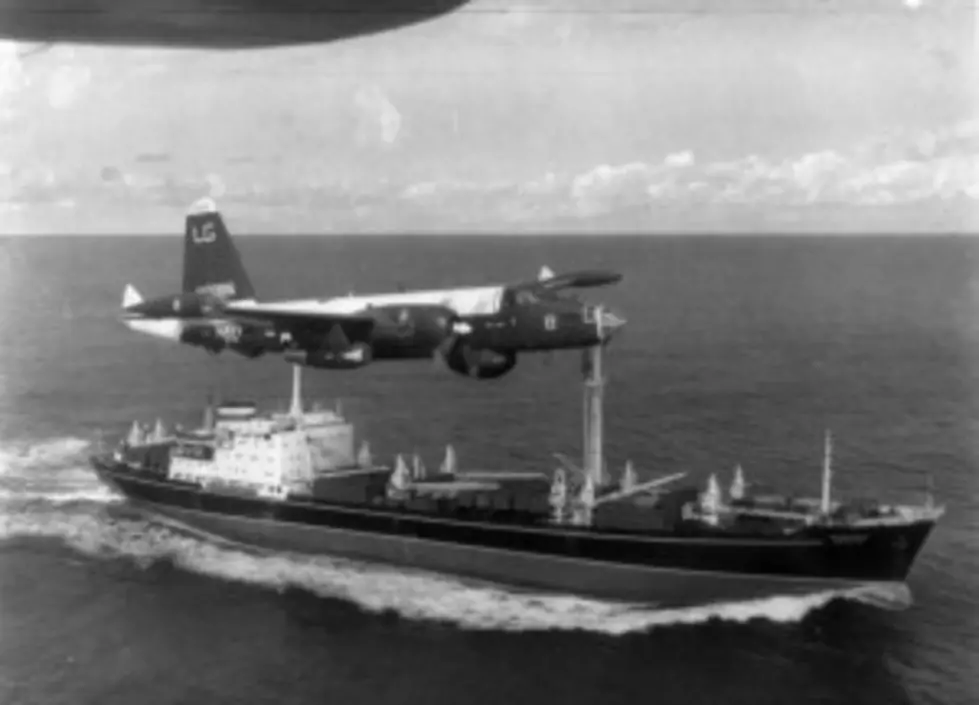
Washington – Moscow Hotline – Dale’s Daily Data
First you have to put it in perspective. It was a time when there were no cell phones, no e-mail, no internet. It was back during a time when if you wanted to make a long distance call overseas, you needed an operator. That was a major problem when the United States and the Soviet Union almost went to war over nuclear missiles the Soviets had placed in Cuba. They were missiles that were within easy range of reaching the United States.
The U-S Navy set up a blockade around Cuba not allowing any Soviet ships to pass. There were days of tense diplomatic exchanges between Washington and Moscow. Codes messages had to be relayed by telegraph or radio between the Kremlin and the Pentagon. Some messages were sent by bicycle over to Western Union.
John F. Kennedy and Nikita Kruschev finally resolved the crisis peacefully, but it was a good lesson. The two countries needed a better way of communicating to help reduce the risk of war by accident or misunderstanding.
Instead of relying on telegrams – the two leaders needed a way to immediately talk to each other – so it led to the installation of a direct line – a hotline from the White House to the Kremlin in Moscow so that the president and the Soviet premier could speak immediately. It was on this day in 1963 that JFK became the first president to have a direct line to Moscow, 24 hours a day, seven days a week.
SOURCE: HistoryChannel
More From 106.5 WYRK







